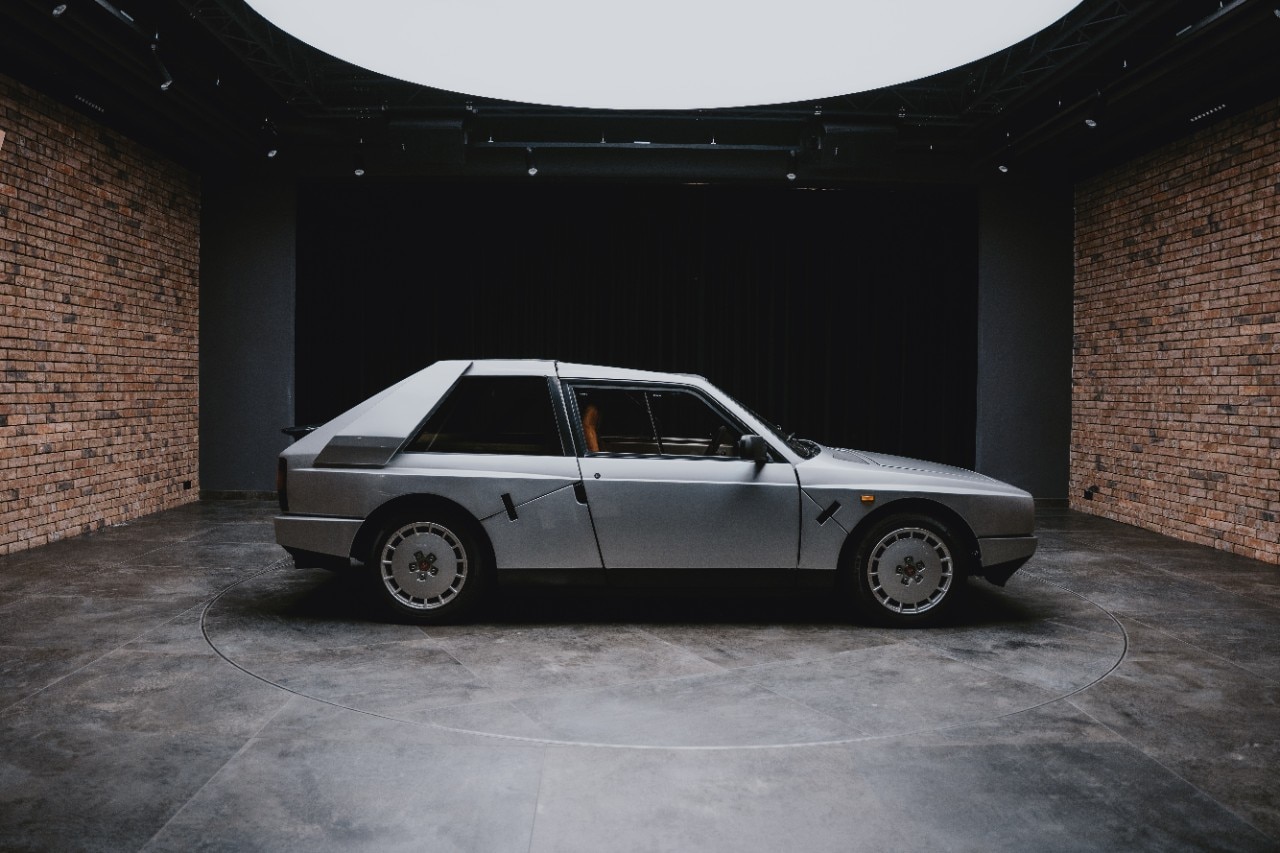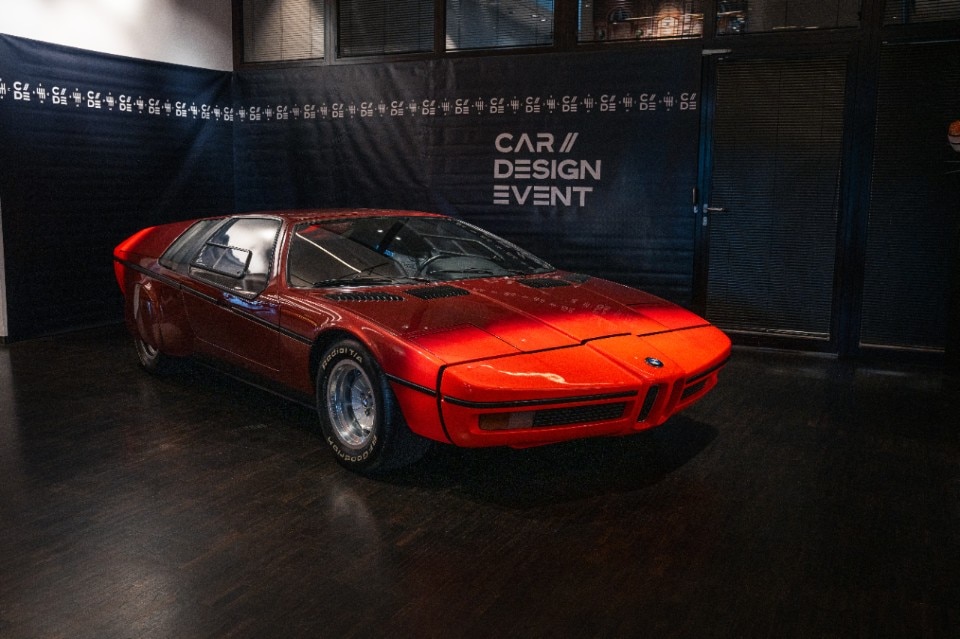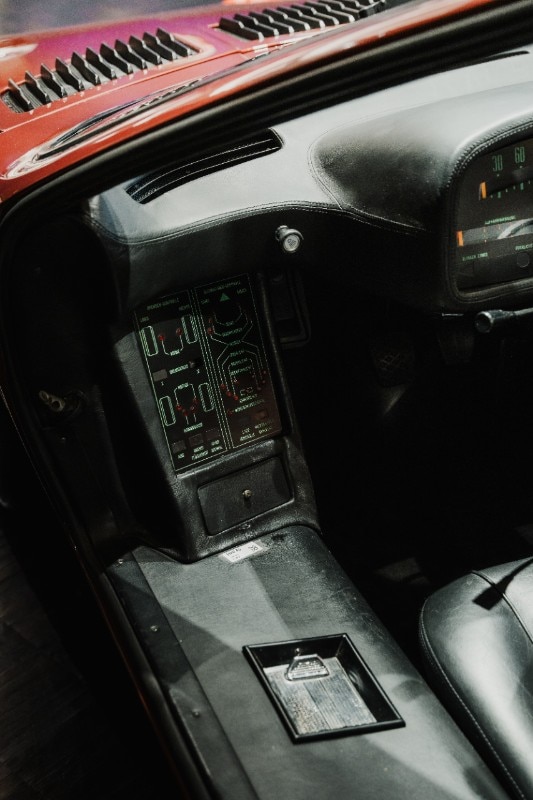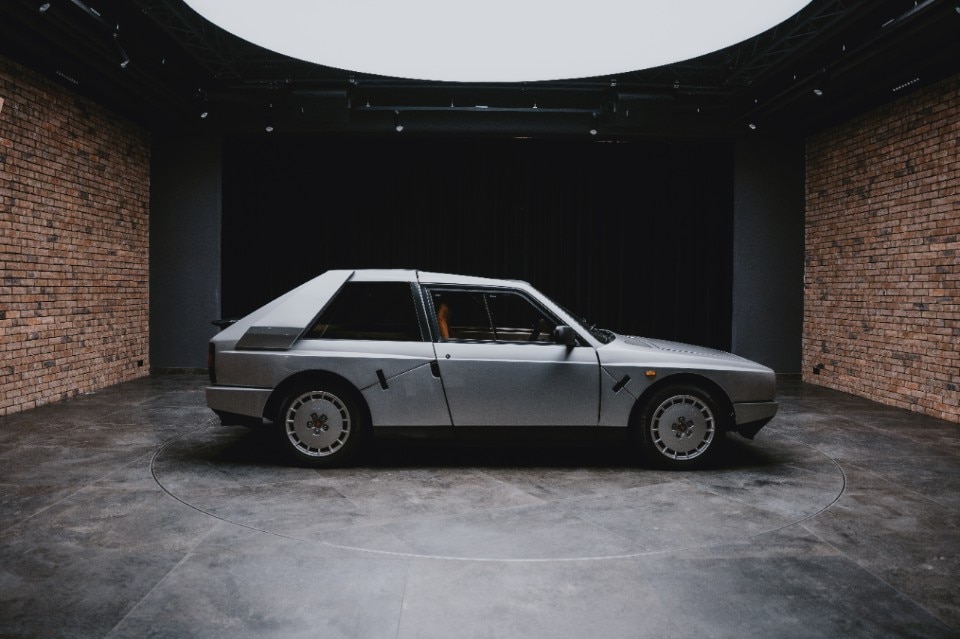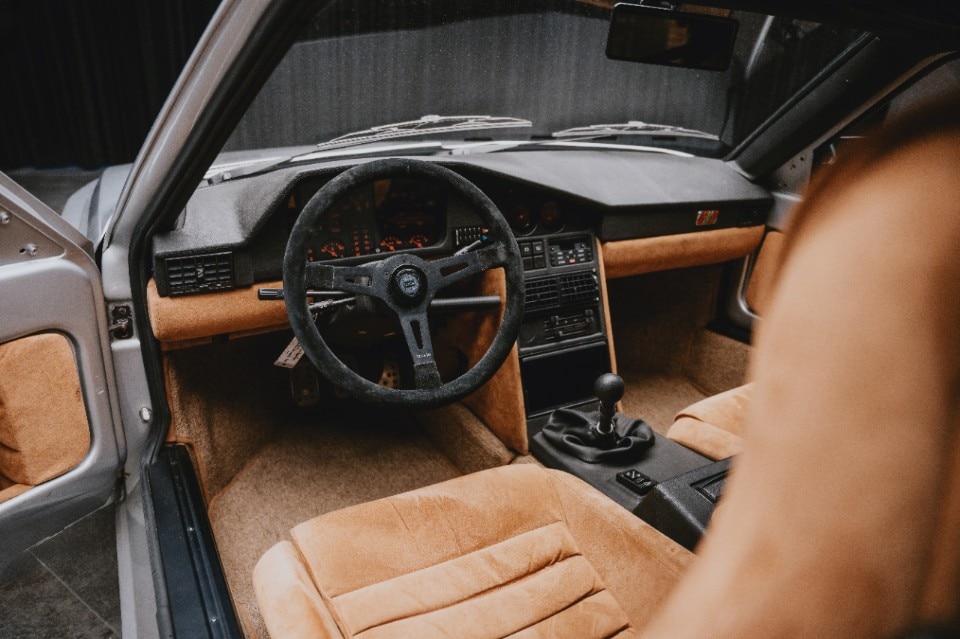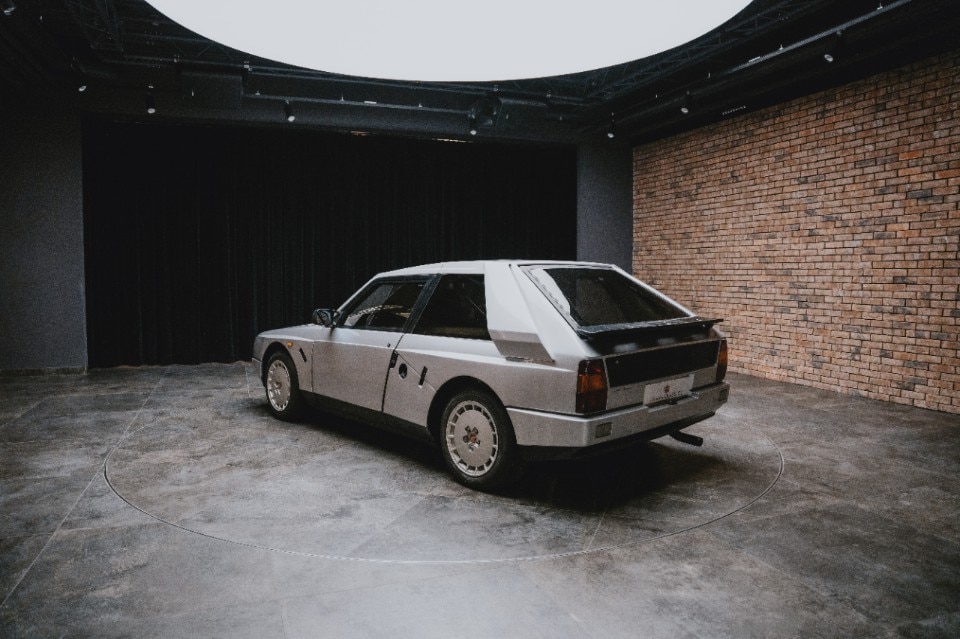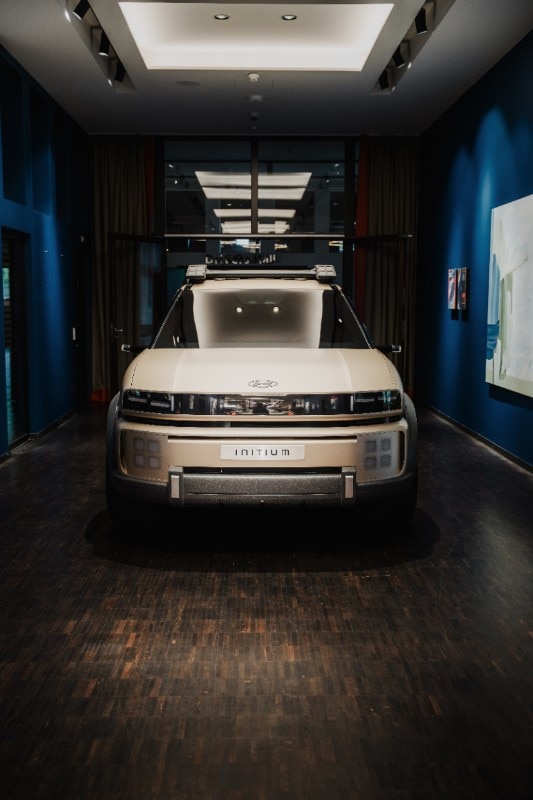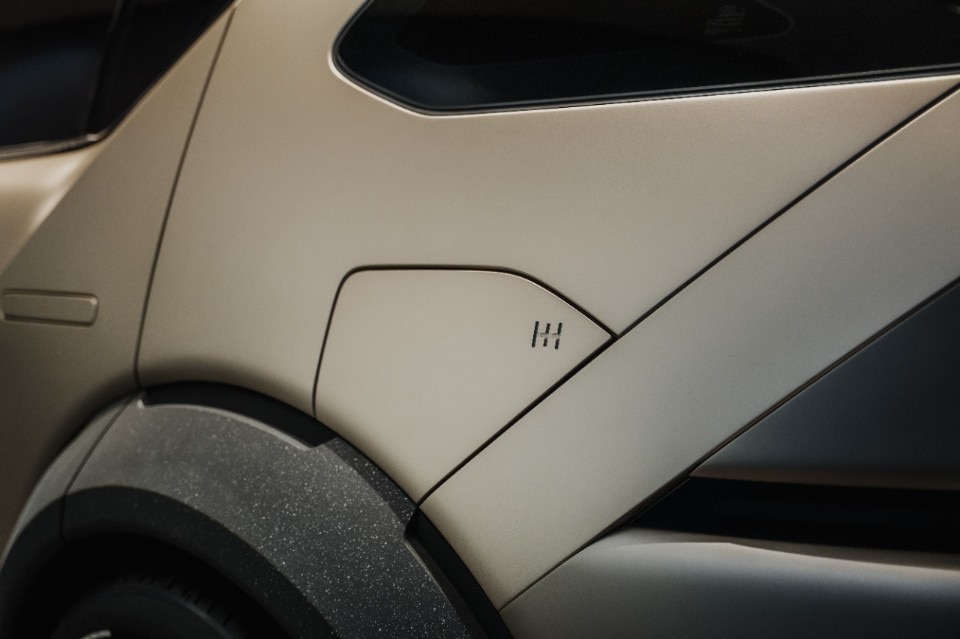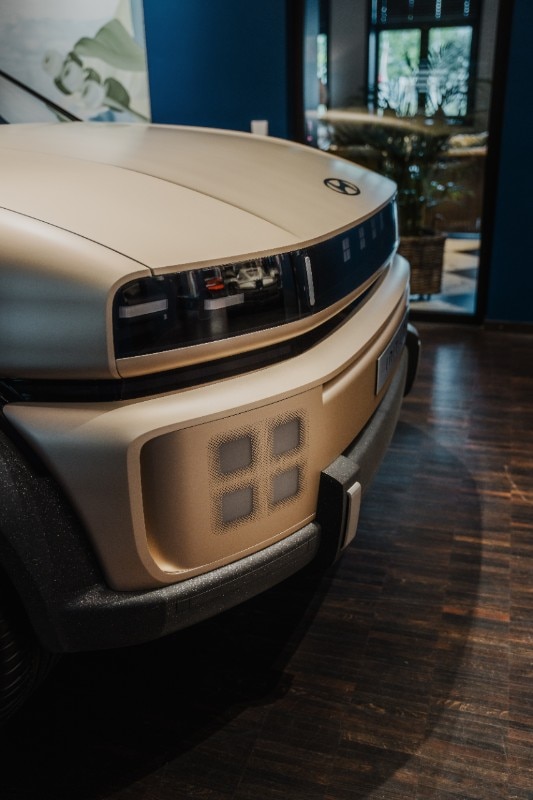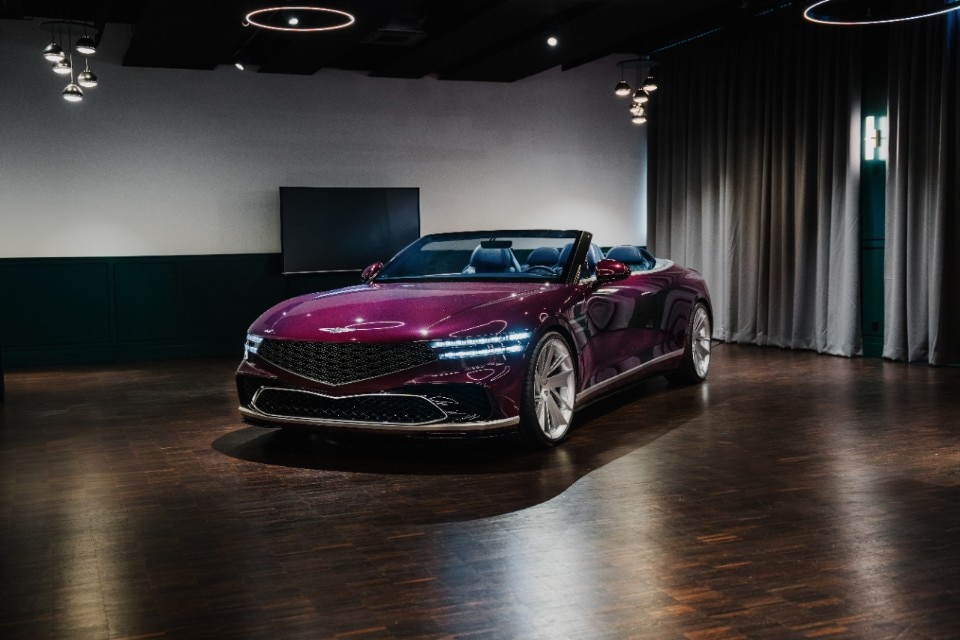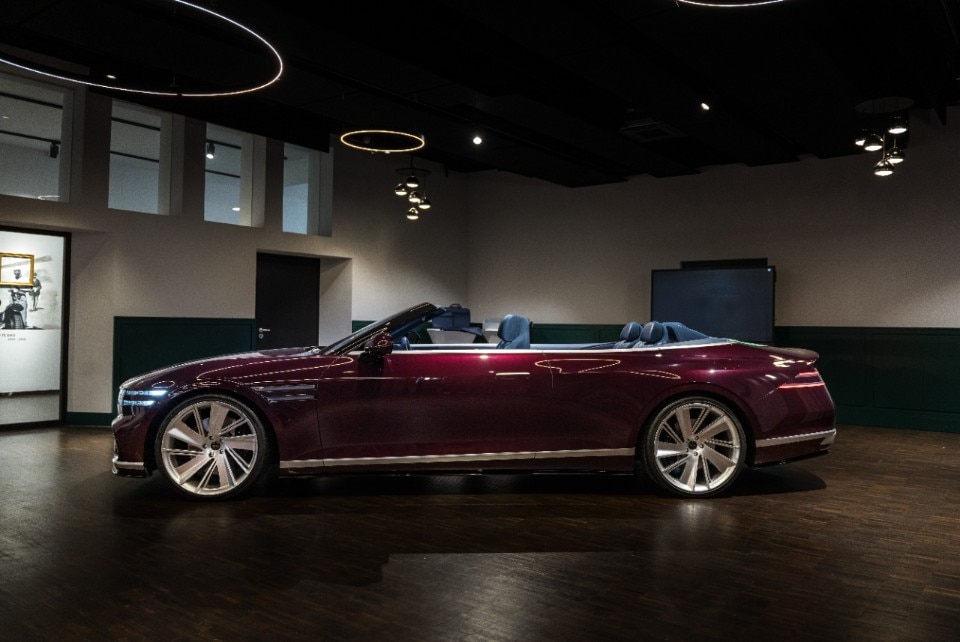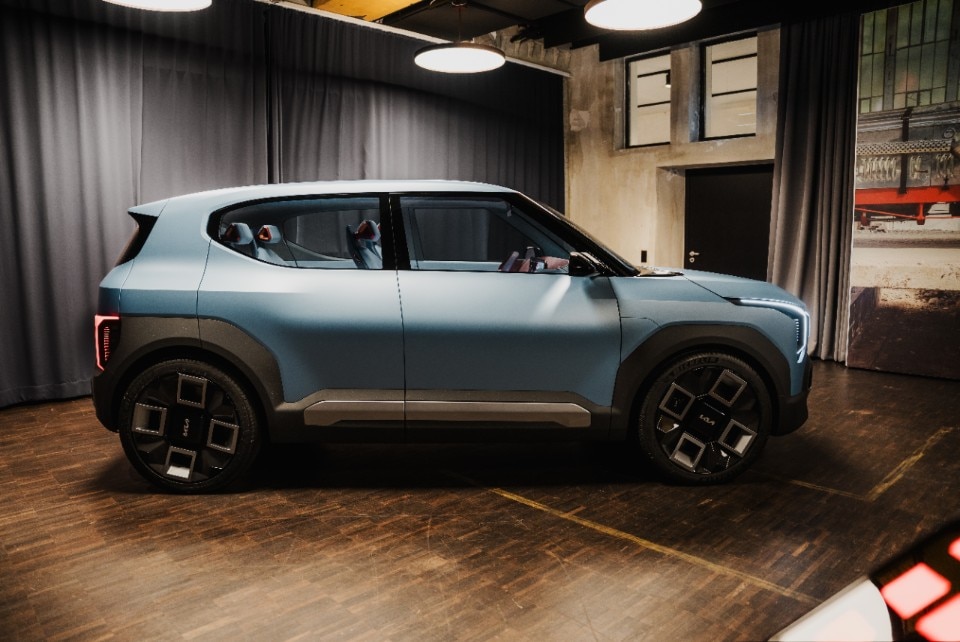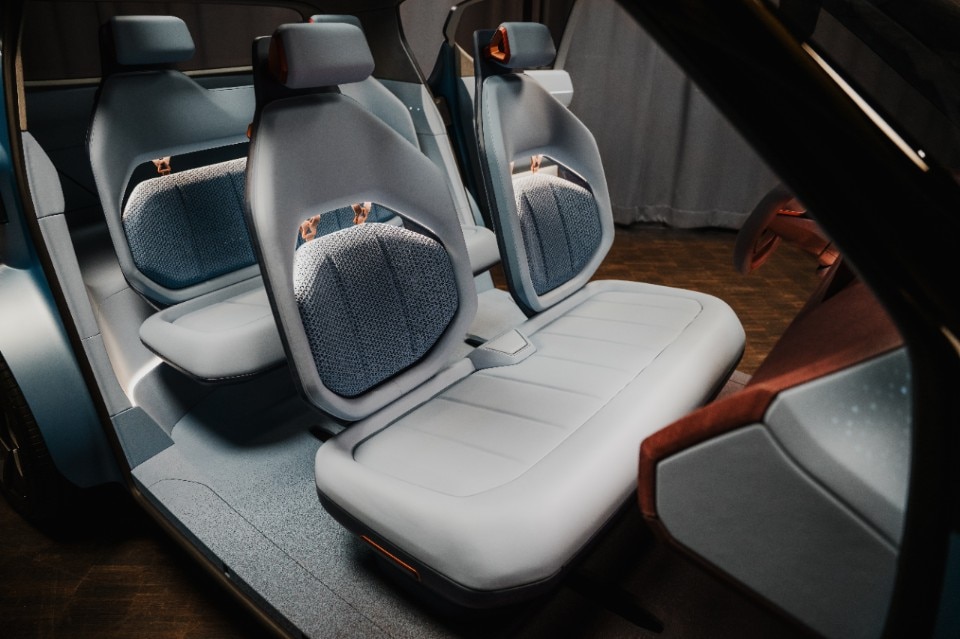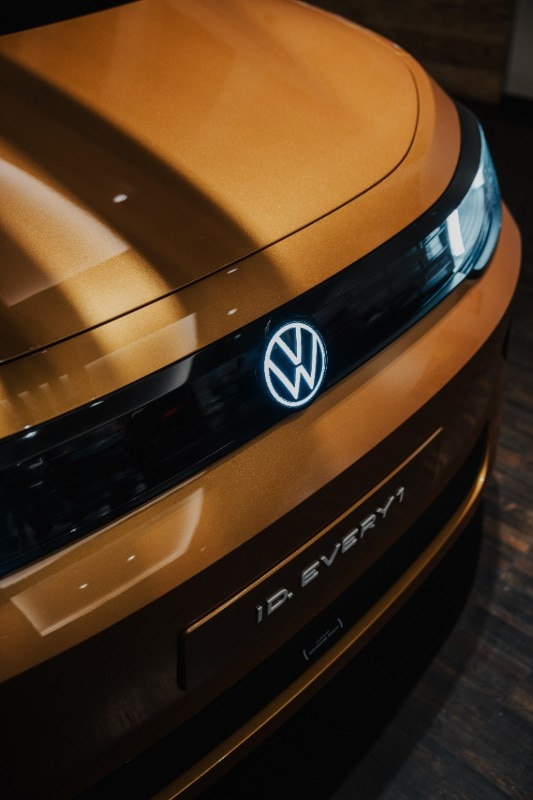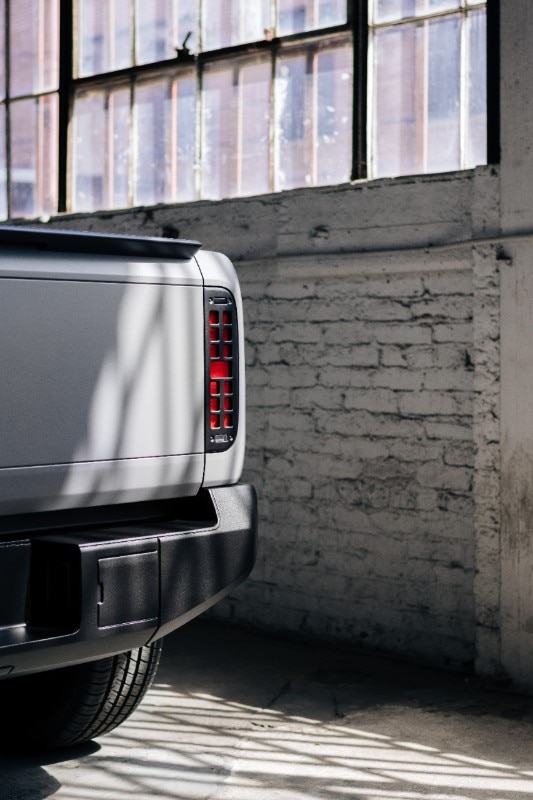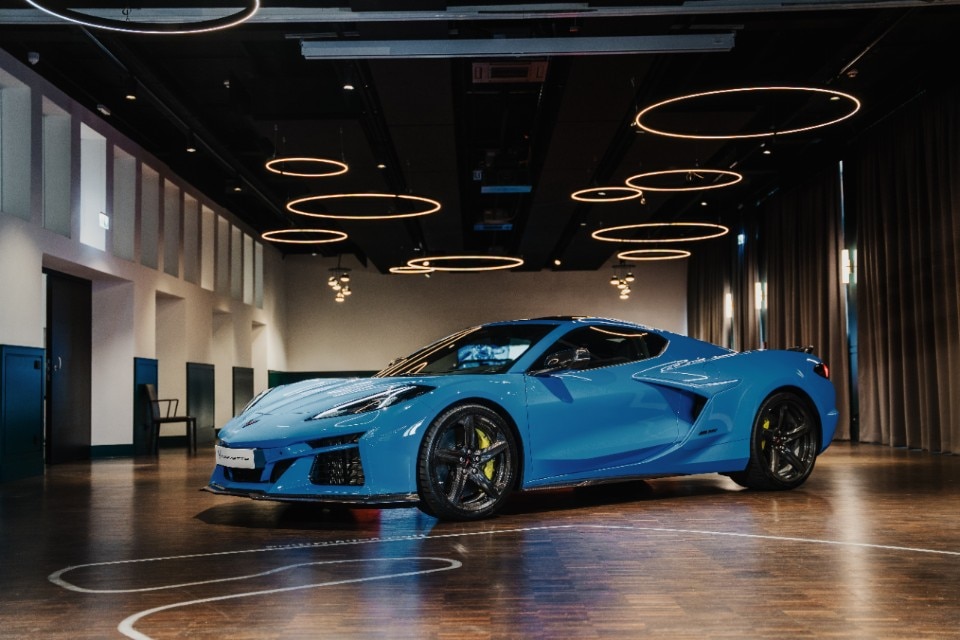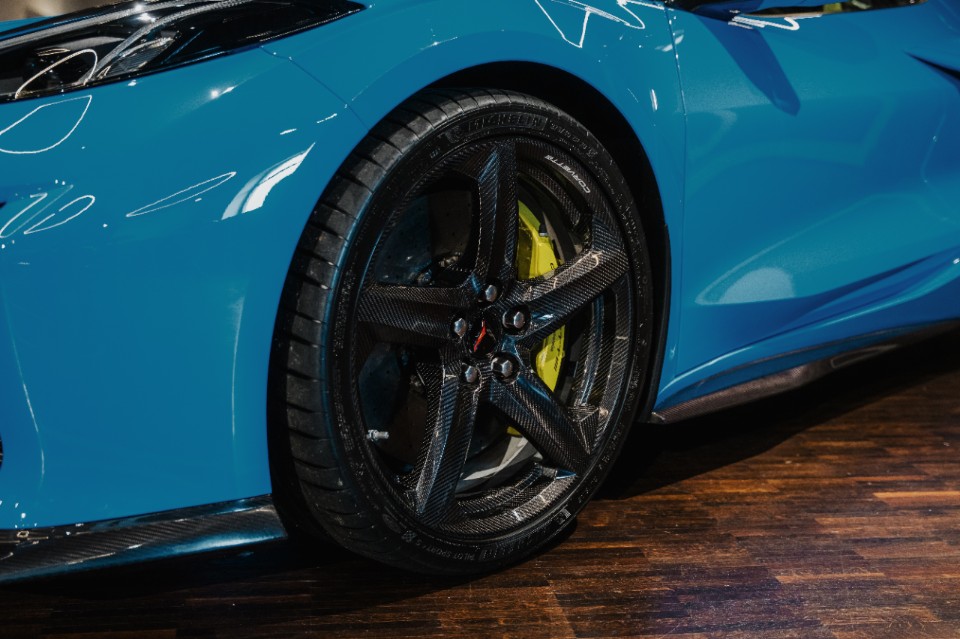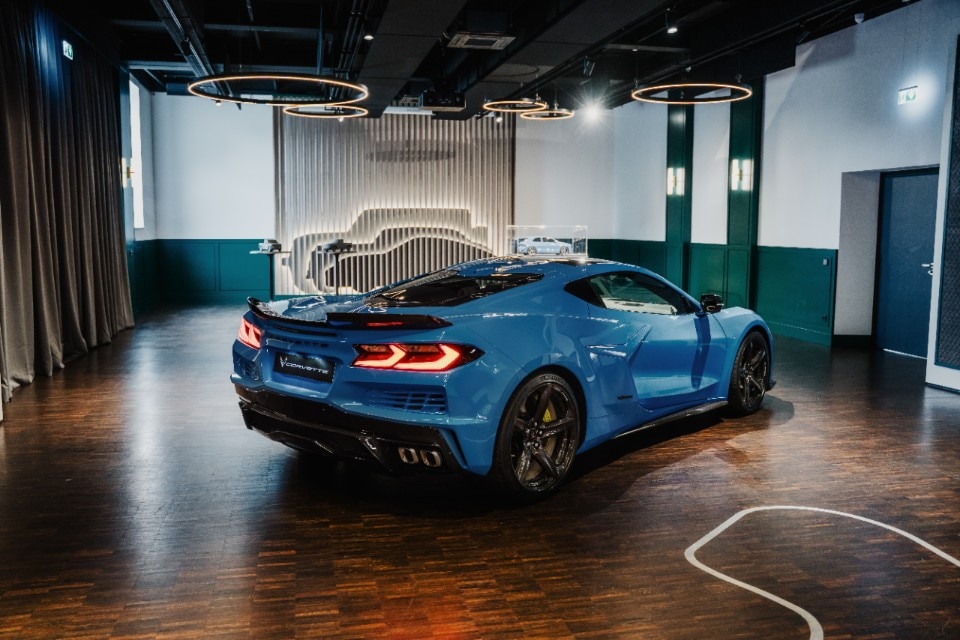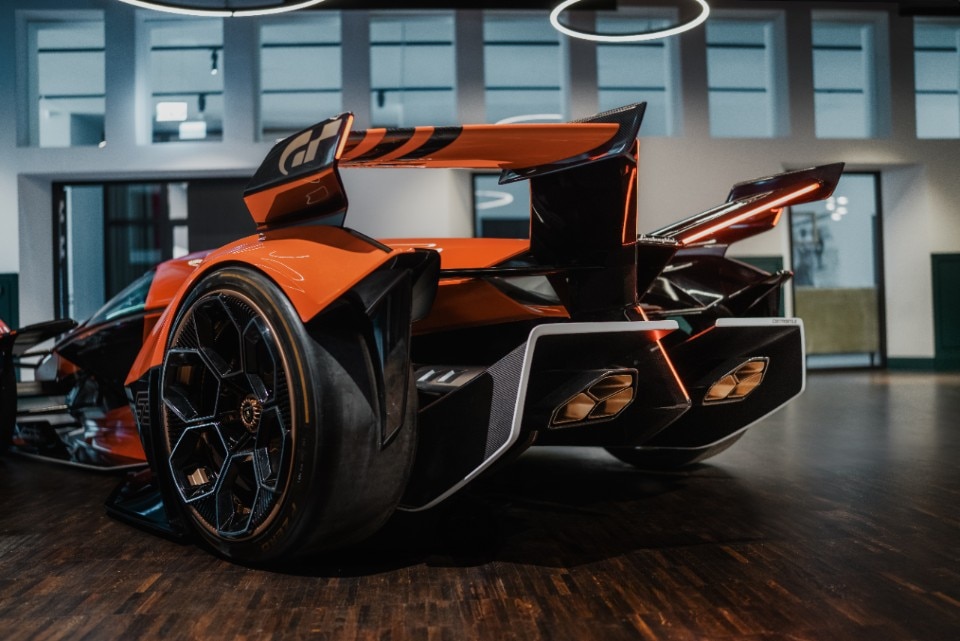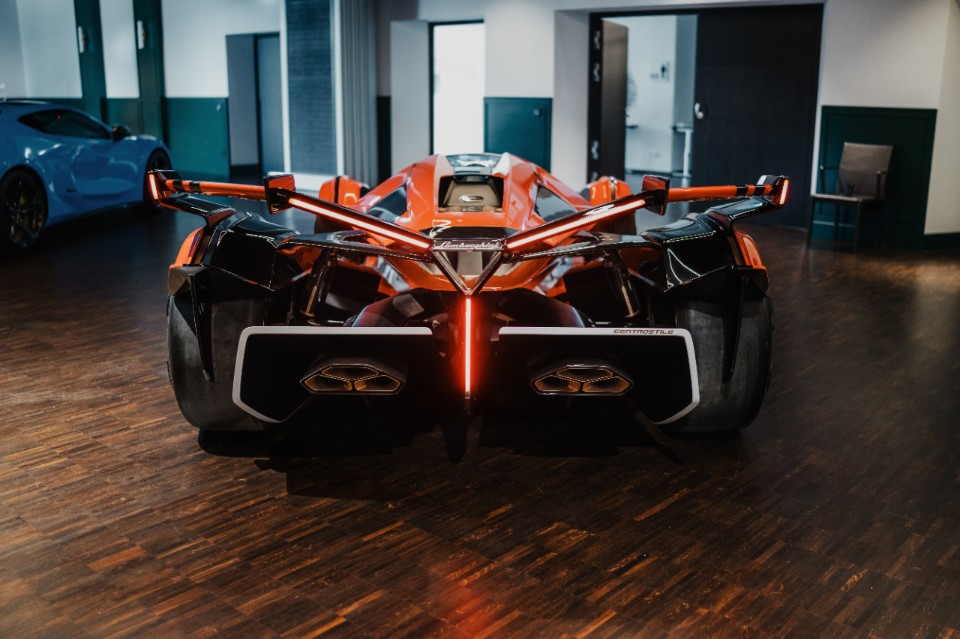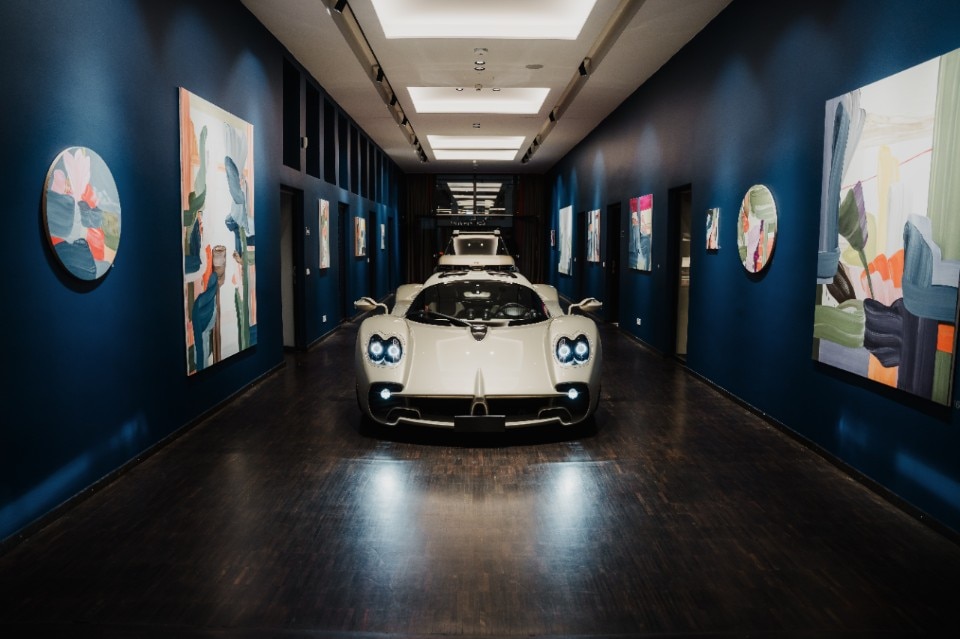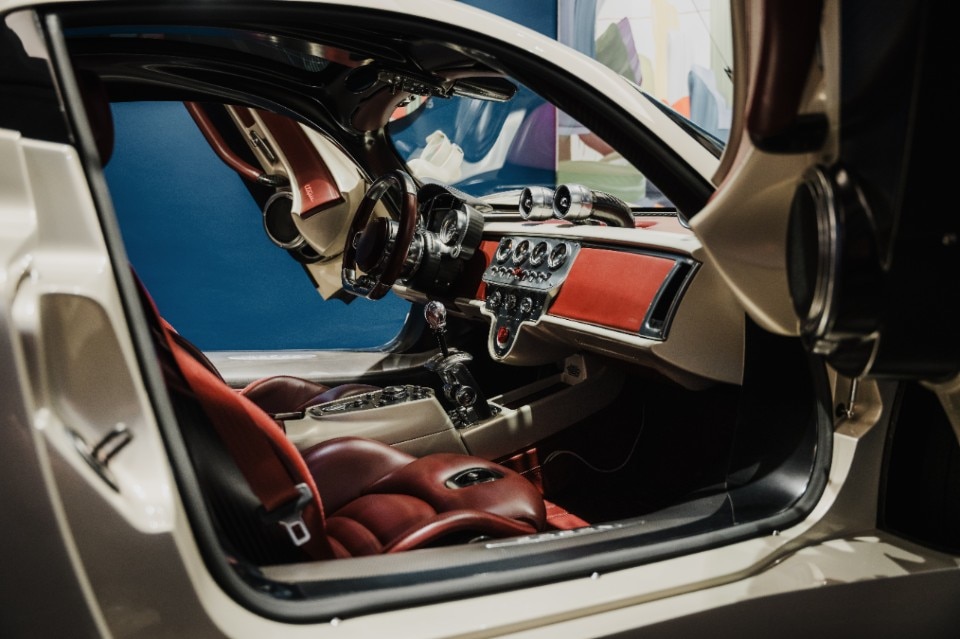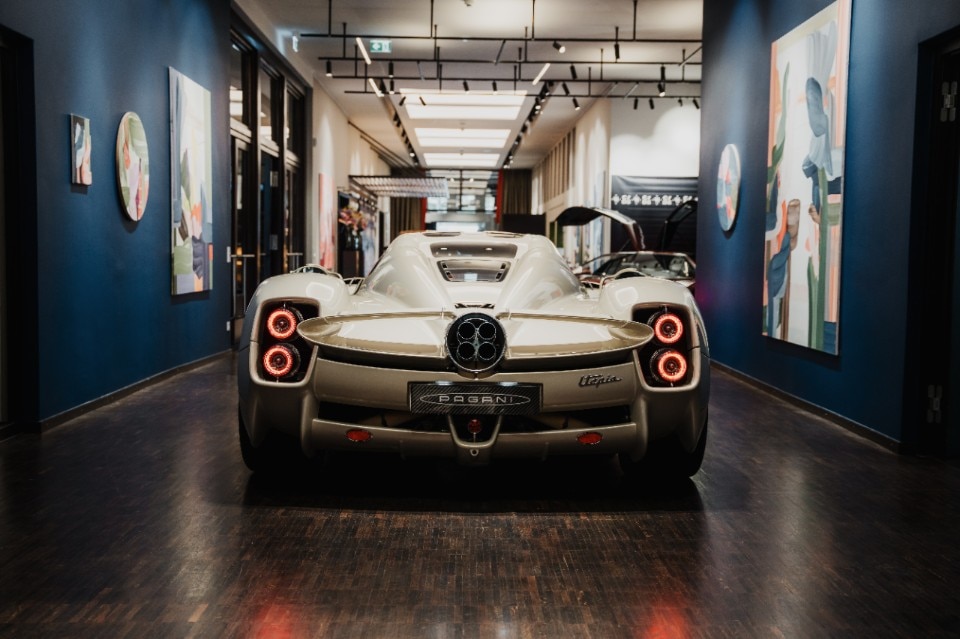What do a 1972 gullwing sports car and a minimalist modular EV have in common? According to the 2025 Car Design Event in Munich, they’re both milestones on the road to tomorrow. This year’s edition brought together historic prototypes and bleeding-edge concepts, showing how past experiments and present innovations continue to shape the visual and functional language of the automobile. Here’s a roundup of ten standout vehicles that reflect where car design is headed—technologically, aesthetically, and emotionally.
1. BMW E25 Turbo (1972)
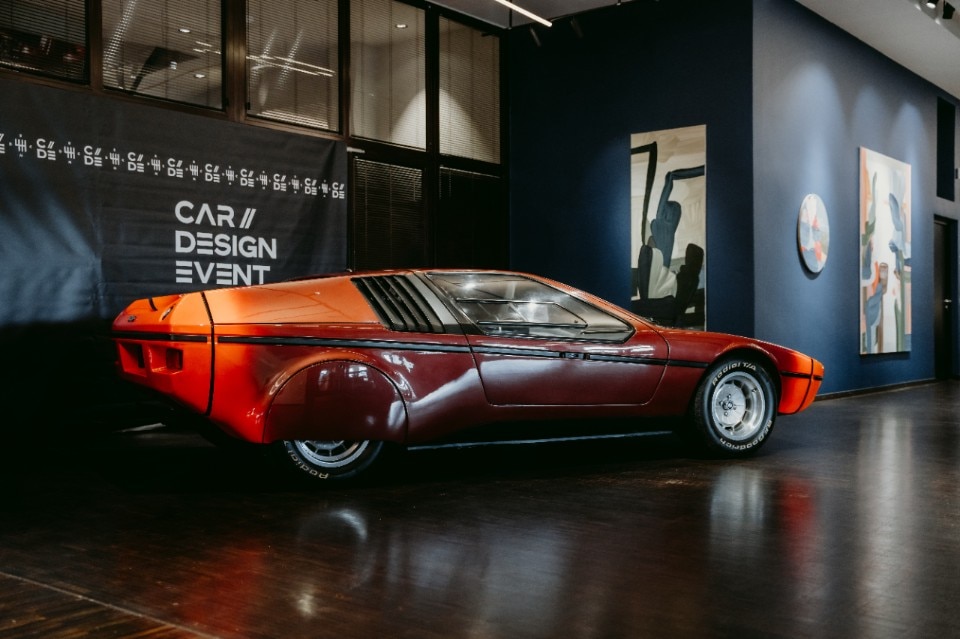
The BMW E25 Turbo, deserves a special mention as it’s one of the most iconic designs from a long list of influential cars by Paul Bracq in 1972. It was more than BMW's first concept car—it was their bold vision for the future. Its striking wedge shape with knife-edged profile, dramatic gullwing doors, and vibrant orange bodywork created a powerful visual statement that broke from BMW's traditional design language.
The car's futuristic appeal was amplified by its distinctive door design—the gullwing doors swung upward rather than outward, creating a theatrical entrance to the cabin while emphasizing the car's exotic character. These dramatic portals revealed a sci-fi-inspired interior that perfectly complemented the exterior's forward-thinking aesthetics. The recessed headlights, uninterrupted shoulder line, and dramatically tapered rear end delivered a cohesive visual narrative from every angle.
Under a transparent engine cover, the 2.0-liter turbocharged engine was displayed like a mechanical jewel, demonstrating BMW's engineering excellence while foreshadowing the company's future powertrain direction. Beyond mere showpiece, the E25 introduced groundbreaking safety features like ABS, crumple zones, and side impact protection long before they became common. Despite only two examples being built, the Turbo's design influence lived on through iconic models like the M1 and 8 Series, while inspiring a generation of wedge-shaped performance cars across the industry.
2. Lancia ECV2 (1988)
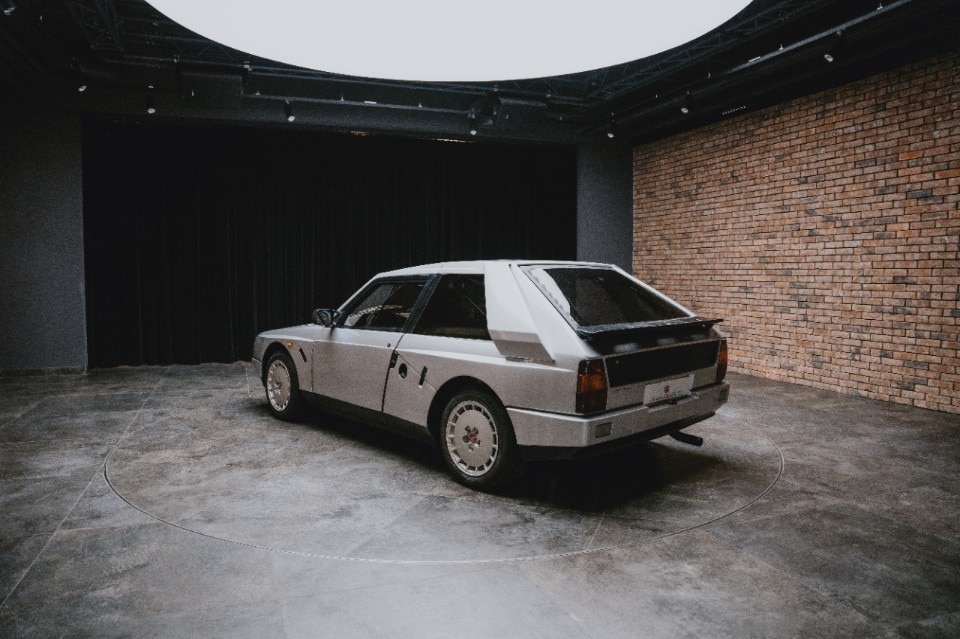
The Lancia ECV2 concept car debuted in 1988 and represented far more than just another rally prototype—it was Lancia's technological masterpiece. Its radical silhouette featured sharp-edged aerodynamics, distinctive flying buttresses, and an angular nose section that sliced through air with mathematical precision. The car's visual drama came from its deliberately exaggerated wheel arches, roof-mounted air intake, and functional rear spoiler—all working in concert to create a form where every surface served aerodynamic purpose.
At the ECV2's core was the "Triflux" engine—a 1.8-liter turbocharged powerplant with an innovative three-valve-per-cylinder head design. This engineering feat produced 600 horsepower while maintaining exceptional throttle response, requiring a body design that could harness such power effectively.
The vehicle's design brilliance extended to its materials—pioneering a carbon fiber/Kevlar composite chassis that reduced weight to just 930 kg. This lightweight construction approach enabled designers to create more dramatic proportions while improving performance. Though never competing due to Group B's cancellation, the ECV2's design influence extended beyond motorsport, establishing new possibilities for lightweight construction and functional aesthetics that would influence performance vehicles for decades to come.
3. Hyundai Initium
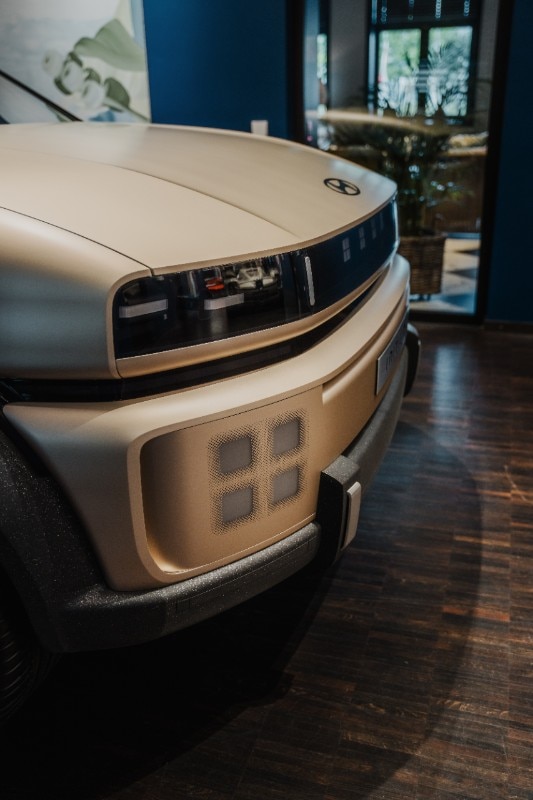
The Hyundai Initium concept, unveiled as a bold vision for the future of hydrogen mobility, marks a significant evolution in Hyundai’s design philosophy. This sleek hydrogen-powered sedan combines futuristic styling with advanced sustainable technology, embodying Hyundai’s commitment to “Sensuous Sportiness” through a refined and dynamic form.
The Initium’s exterior showcases dramatic proportions with a low, wide stance, extended wheelbase, and short overhangs that convey a sense of poised motion even at rest. Hyundai’s “Emotional Efficiency” design approach is evident in the concept’s aerodynamic sculpting, featuring active air flaps integrated seamlessly into the bodywork, parametrically optimized wheels to minimize drag, and a striking pixelated lighting signature that stretches across the front fascia, enhancing its futuristic presence. A frameless glass canopy creates a floating roof effect, maximizing interior openness and light.
Inside, the Initium embraces a minimalist yet luxurious cabin crafted from sustainable materials, reflecting Hyundai’s vision of mindful luxury. The interior layout draws inspiration from traditional Korean aesthetics, balancing asymmetry to create distinct driver and passenger zones while fostering harmony and comfort. This holistic design approach not only highlights Hyundai’s leadership in hydrogen fuel cell technology but also sets a new benchmark for sustainable and emotionally engaging vehicle design, which anticipates the next-generation hydrogen-powered Nexo.
4. Genesis X Gran Convertible concept
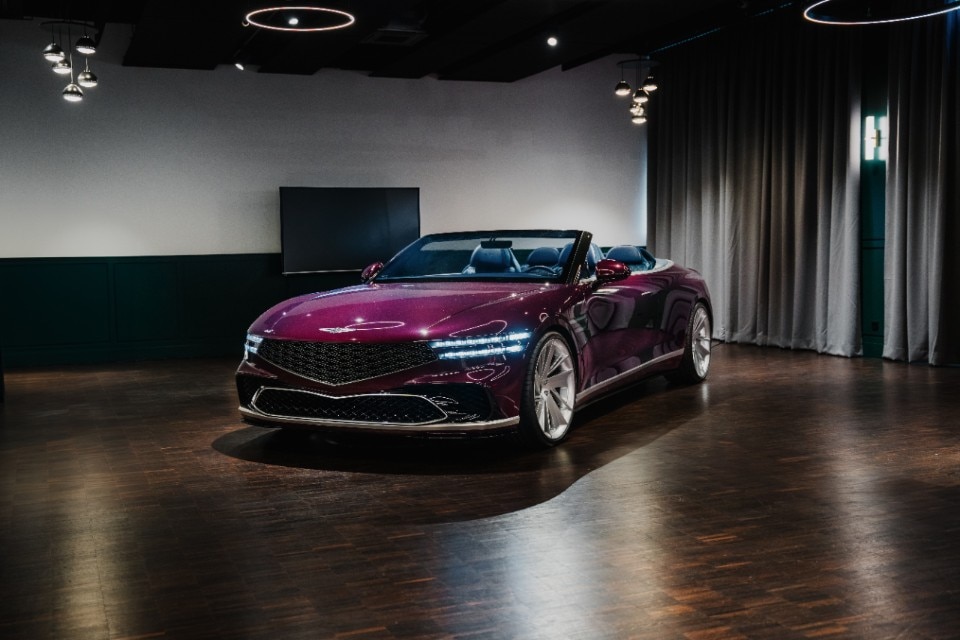
Unveiled for the first time in Europe is the Genesis X Gran Convertible concept, first revealed at the Seoul Motor Show. This luxurious electric roadster embodies Genesis’s “Athletic Elegance” design language with sleek, flowing lines and dramatic proportions that evoke effortless motion. Its open-top design enhances the sense of freedom and connection to the environment.
Notably, the X Gran Convertible’s color palette draws inspiration from Cabernet Sauvignon grapes, featuring a bold, rich exterior hue that reflects the deep, vibrant tones of pressed grapes.
The minimalist interior combines premium, sustainable materials with advanced digital interfaces, creating a serene, passenger-focused environment. This emphasis on passenger experience reflects a growing trend in automotive design, one that will become essential as vehicles adopt more autonomous driving features. As drivers transition to passengers, cars will need to offer engaging, comfortable spaces where occupants can relax, work, or entertain themselves.
5. Kia EV2

The Kia Concept EV2 blends bold exterior design with a highly innovative, sustainable interior that redefines urban electric mobility. Its compact SUV silhouette features a confident stance with rugged bumpers, geometric glass areas, and large wheels, projecting both sophistication and practicality for city life.
Inside, the EV2 draws inspiration from the “picnic in the city” lifestyle, creating a flexible, open cabin that balances everyday usability with moments of leisure. The flat-floor layout allows the front seats to slide back extensively while the second-row seats fold up, expanding the space for relaxation or activities. Lifestyle-focused features such as headrest-integrated speakers, portable door speakers, detachable cushions, and pop-up luggage dividers enhance comfort and versatility.
Sustainability is at the core of the interior design, with extensive use of eco-conscious materials like Simplifyber Fybron™ (a cellulose-based composite), biodegradable mycelium components, and flax fiber bio-composites. These materials not only reduce reliance on traditional plastics but also support a circular economy, reflecting Kia’s commitment to responsible design.
The Concept EV2 signals a new direction in EV interiors—where adaptability, user comfort, and environmental mindfulness come together to meet the demands of modern urban lifestyles.
6. VW Every1
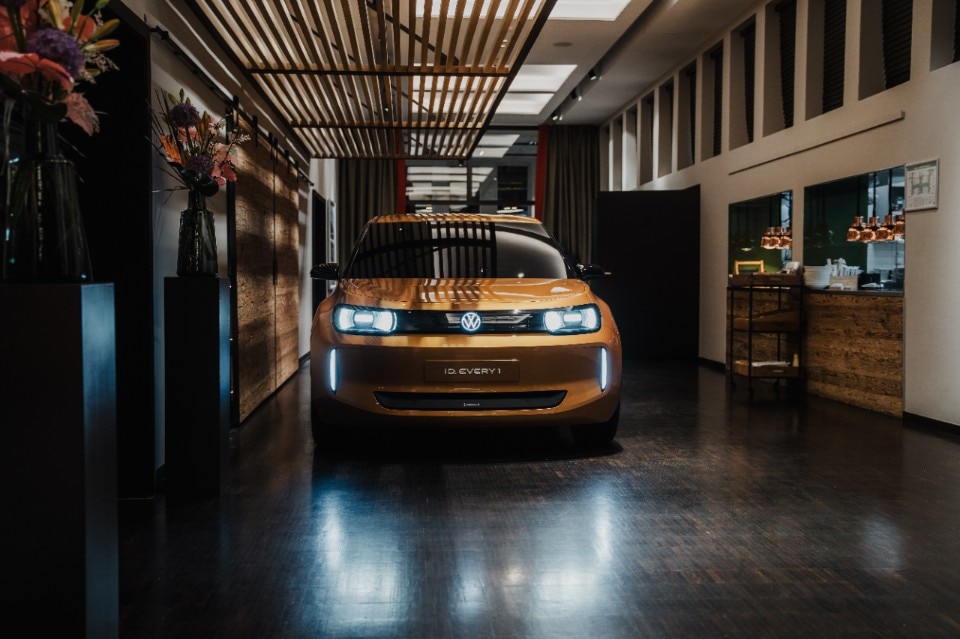
Volkswagen's Every1 concept ditches the Golf's familiar curves for something more confident. The proportions are chunky but tall with a greenhouse vibe, short overhangs, and 19-inch wheels that look almost comically large on the compact body. The "flying roof" dips in the middle like a subtle mohawk, giving the car personality without going full concept-car crazy.
Inside, VW maximized space on their MEB electric platform. The dashboard is clean, dominated by a single screen, with sustainable materials throughout. It's clearly aimed at younger buyers who want something that doesn't look like their parents' car.
The Every1 signals VW's attempt to make electric cars less intimidating—more approachable than the austere ID.3, but still practical enough for everyday use. Production timing hasn't been announced.
7. Slate Modular EV
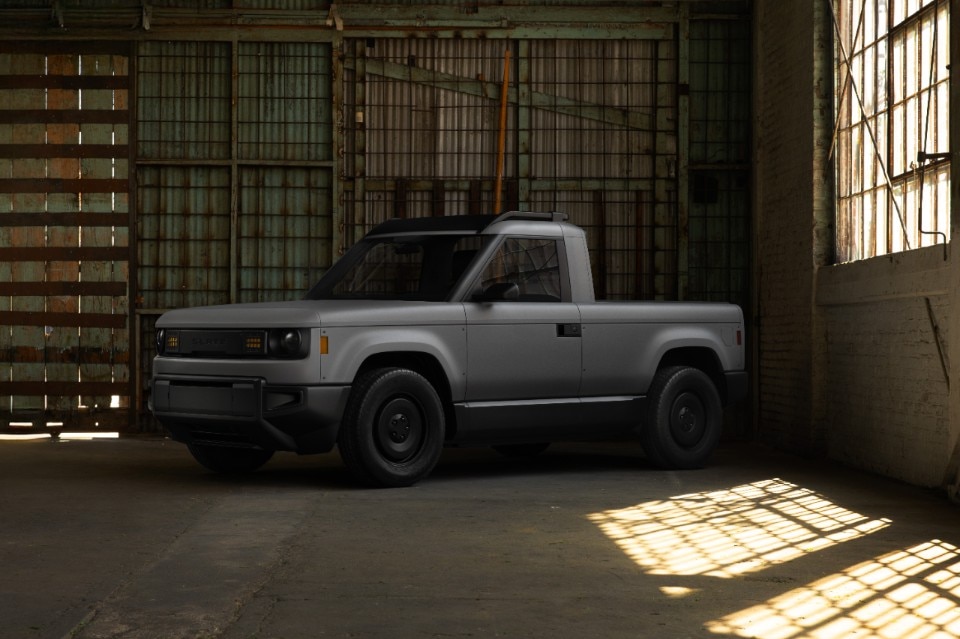
Slate, a startup from Detroit, brought their unusual take on affordable EVs to Munich. The company's pitch is simple: build one vehicle that can be both pickup and SUV by swapping modular panels. They only have one model, but it’s a customizable EV.
Their prototype looks deliberately plain—flat body panels, minimal trim, and a boxy silhouette that prioritizes function over flash. The roof sections lift off entirely, and the rear section reconfigures between cargo bed and enclosed storage. Inside, there's no infotainment screen; instead, a phone mount and basic controls keep costs down.
Chief Designer Tisha Johnson says they're targeting the used car market with new vehicle reliability. "People are keeping cars longer because new ones cost too much," she explains. The wrap-around vinyl system lets owners change colors without repainting, and the simplified assembly process aims to keep the base price under $25,000.
Whether this no-frills approach will work remains to be seen, but Slate's willingness to strip away automotive conventions is refreshing in a market obsessed with luxury features.
8. Corvette E-Ray
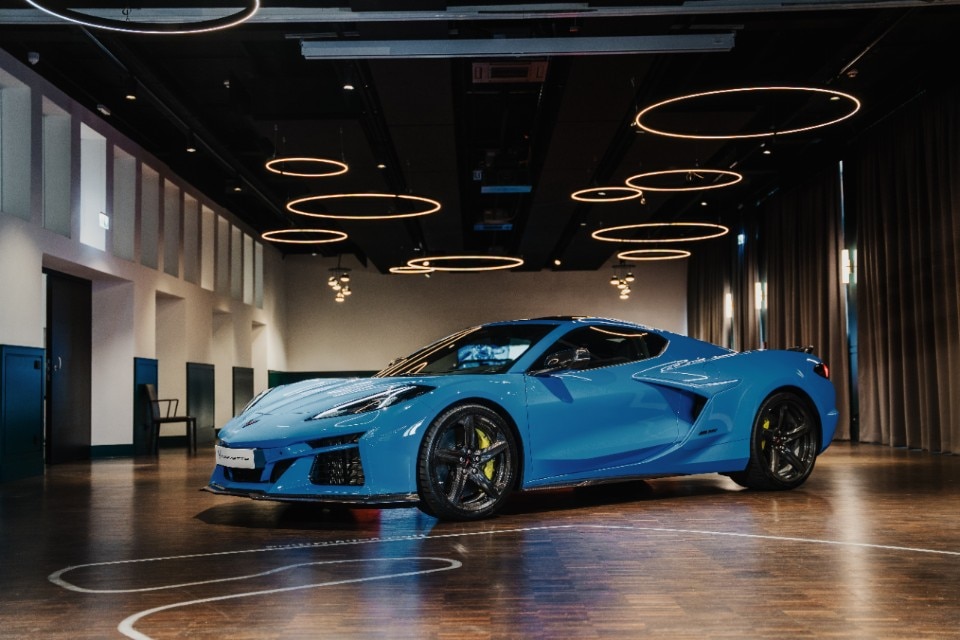
The Corvette E-Ray combines aggressive exterior styling with cutting-edge hybrid performance, marking a new chapter for America’s iconic sports car. Its sleek, aerodynamic lines and bold front grille emphasize speed and power, while the all-wheel-drive hybrid system delivers exhilarating performance.
Inside, the cabin balances driver-focused technology with premium materials, offering a modern yet purposeful environment. The E-Ray’s design reflects Chevrolet’s commitment to blending tradition with innovation, setting a new standard for high-performance electrified sports cars.
9. Lamborghini V12 Vision Gran Turismo
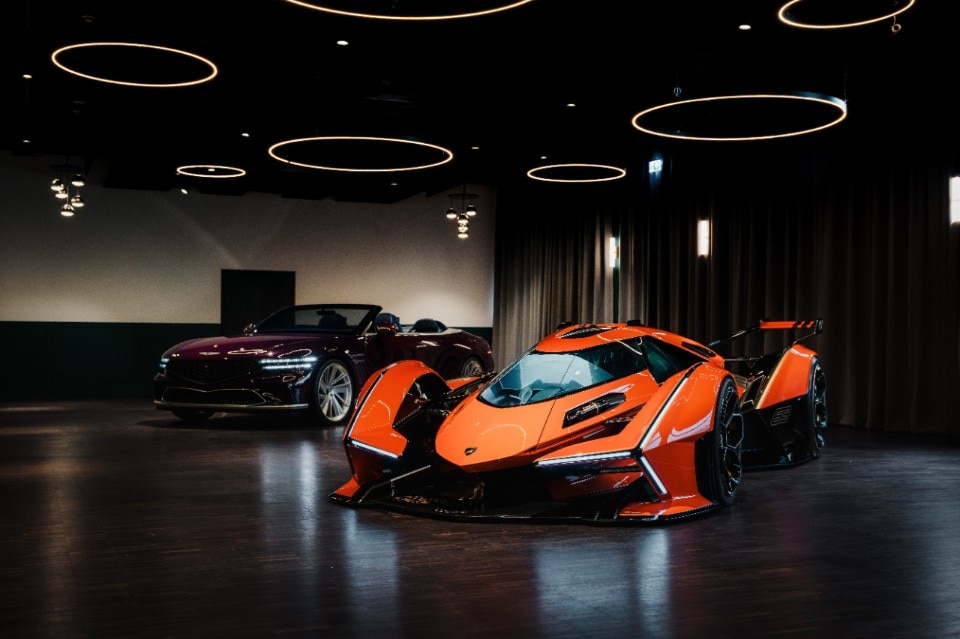
Lamborghini’s V12 Vision Gran Turismo concept, now revealed for the first time in striking Arancio Egon orange, pushes the boundaries of futuristic design and performance. This single-seat, mid-engine coupe channels Lamborghini’s heritage with sharp, angular lines, hexagonal motifs inspired by the 1968 Marzal, and bold Y-shaped lighting signatures that dominate both front and rear.
The concept’s driver-centric design is radical: the pilot enters from the front like a fighter jet, settling into a cockpit where all controls and information are projected virtually, emphasizing an immersive, focused driving experience. Powered by a hybrid V12 powertrain borrowed from the Sián, it delivers exhilarating performance while showcasing Lamborghini’s commitment to lightweight materials and hybrid technology.
By centering the design entirely around the driver, the V12 Vision Gran Turismo highlights a key trend for high-performance cars—creating an intimate, engaging connection between car and pilot, even as automotive technology evolves.
10. Pagani Utopia hypercar
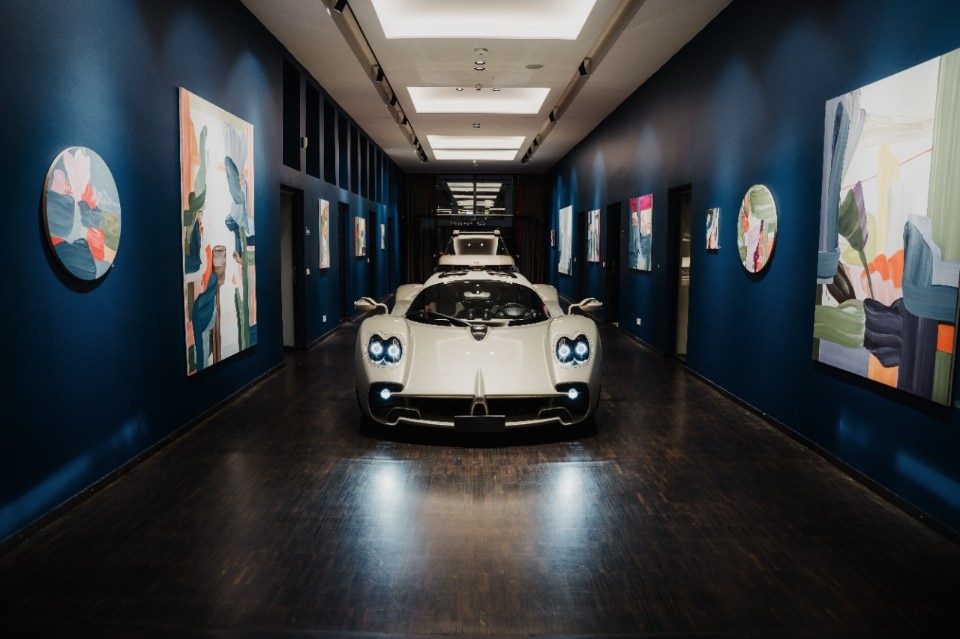
The Pagani Utopia hypercar is a masterpiece of engineering and design, powered by a bespoke 6.0-liter twin-turbo V12 developed by Mercedes-AMG. It produces 864 hp and 811 lb-ft of torque, while weighing just 1,280 kg (2,822 lbs) thanks to its advanced carbon-titanium chassis. Drivers can choose between a 7-speed manual or automated manual transmission, emphasizing engagement and precision.
Its sharply sculpted exterior features aerodynamic lines, butterfly doors, and leather straps, blending artistry with function. The luxurious interior combines hand-stitched leather, polished aluminum, and carbon fiber for a driver-focused experience.
Pagani’s exclusivity is legendary—its Zonda HP Barchetta holds the record as the most expensive car ever sold at auction, fetching $15.7 million in 2022. The Utopia continues this legacy, limited to 99 units, as a rare collector’s gem that marries extreme performance with refined elegance and analog driving pleasure.
11. New Yugo
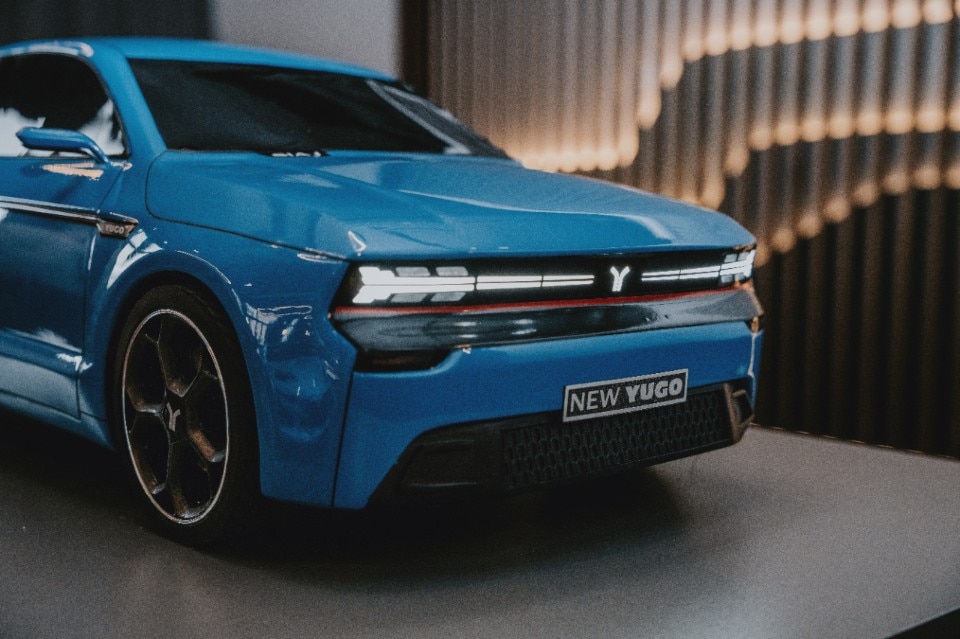
Yugo, the iconic European brand, made its comeback debut at CDE 2025 with a concept previewing the styling of a future production model. Led by entrepreneur and automotive veteran Aleksandar Bjelić, and designed by Serbian designer Darko Marčeta, the new Yugo embraces its legacy of affordability with a modern twist. The concept features a boxy, retro-inspired two-door hatch aimed at the European B-segment, combining classic charm with contemporary design.
Initially launching with combustion engines and offering both manual and automatic transmissions, Yugo plans to expand with electrified versions and multiple body styles. A sporty derivative is set to be revealed in September 2025, while the first drivable prototype is expected at the 2027 Belgrade Expo. This revival aims to deliver a practical, budget-friendly car that honors the original’s spirit while meeting today’s standards
One more thing: the Paul Bracq Tribute
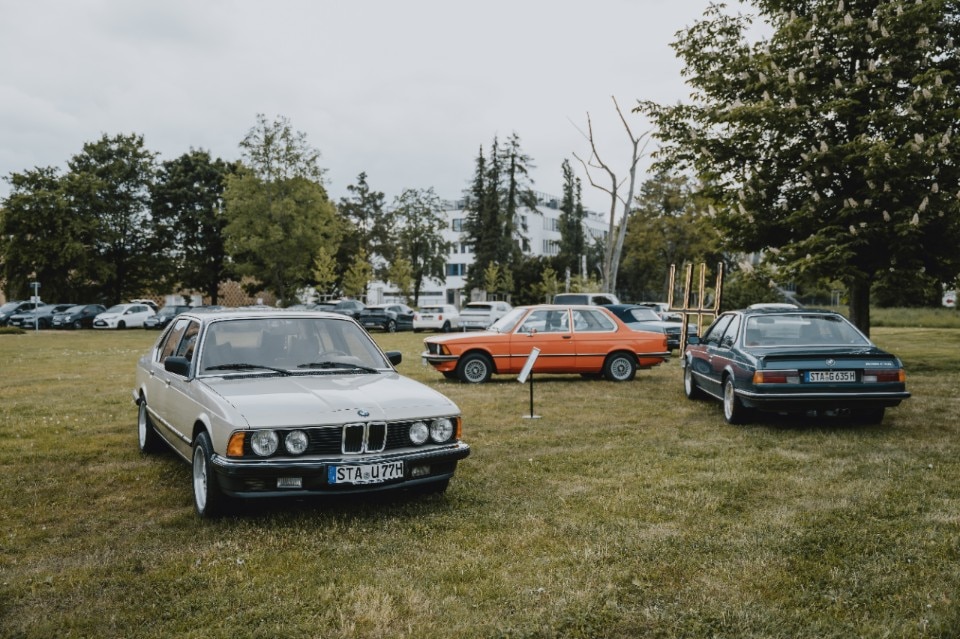
Paul Bracq is a legendary automotive designer who shaped the visual identity of Mercedes-Benz and BMW during the 1960s and 1970s. Born in Bordeaux, France in 1933, Bracq joined Daimler-Benz after working under Philippe Charbonneaux, where he influenced iconic models including the Mercedes-Benz W111/W112 coupes and cabriolets, the 600 series, and the celebrated W113 "Pagoda" SL roadster. His design philosophy merged elegance with innovation, exemplified by the Pagoda's distinctive concave hardtop.
As BMW's design director from 1970 to 1974, Bracq created the design language defining BMW's modern identity through the first-generation 3 Series (E21), 5 Series (E12), 6 Series (E24), and 7 Series (E23). The E21 3 Series introduced hallmark features like the driver-oriented dashboard, double-kidney grille, and Hofmeister kink. His team's work on the shark-nosed E24 6 Series and flagship E23 7 Series established a dynamic aesthetic that continues to influence BMW today.
The W113 Pagoda stands out as a mid-century masterpiece, while the W112 Cabriolet and Coupé reflect his refined approach to elegant design. Several of Bracq's most iconic creations - including the Mercedes W113 "Pagoda" SL, the W112 Cabriolet, the BMW E24 6 Series, and the BMW E21 3 Series - were recently displayed at the Car Design Conference in Munich as part of a special Paul Bracq tribute exhibition.
Bracq's enduring influence stems from his ability to merge form with function. His work at Mercedes-Benz established luxury automotive styling standards, while his leadership at BMW forged the brand's iconic design DNA that persists to this day.
Conclusion
From the knife-edged futurism of the 1970s to the modular minimalism of the 2020s, concept cars are blueprints for ambition. At CDE 2025, each vehicle told a story—not just of brand identity or market trends, but of where mobility, aesthetics, and emotion might meet in the years to come.


